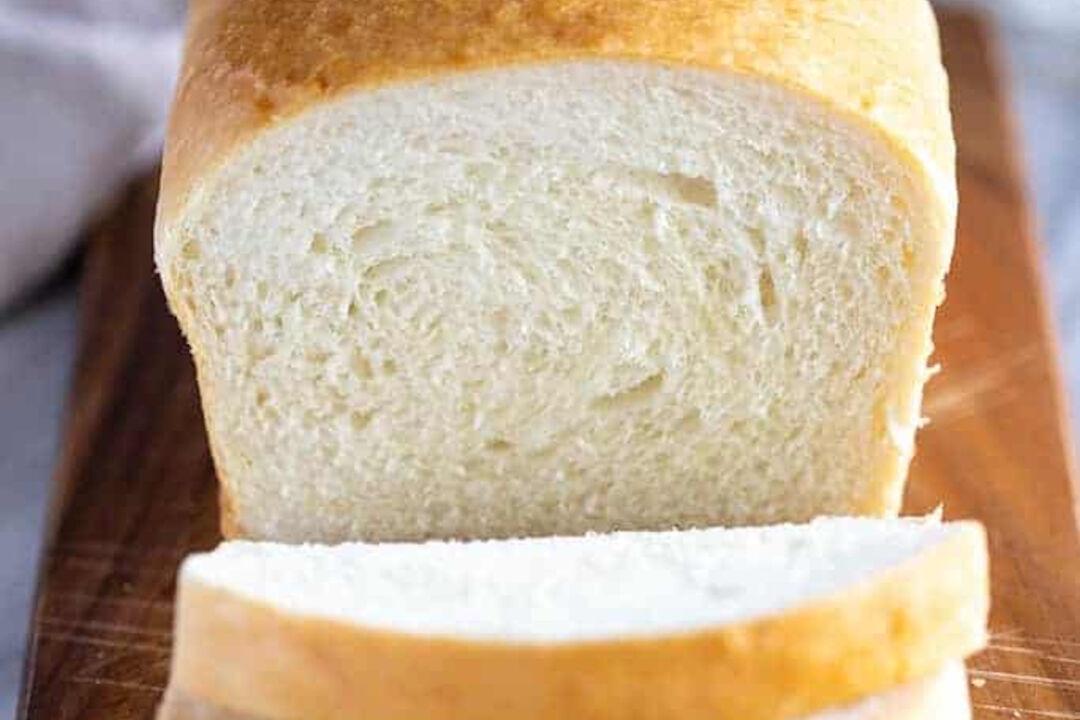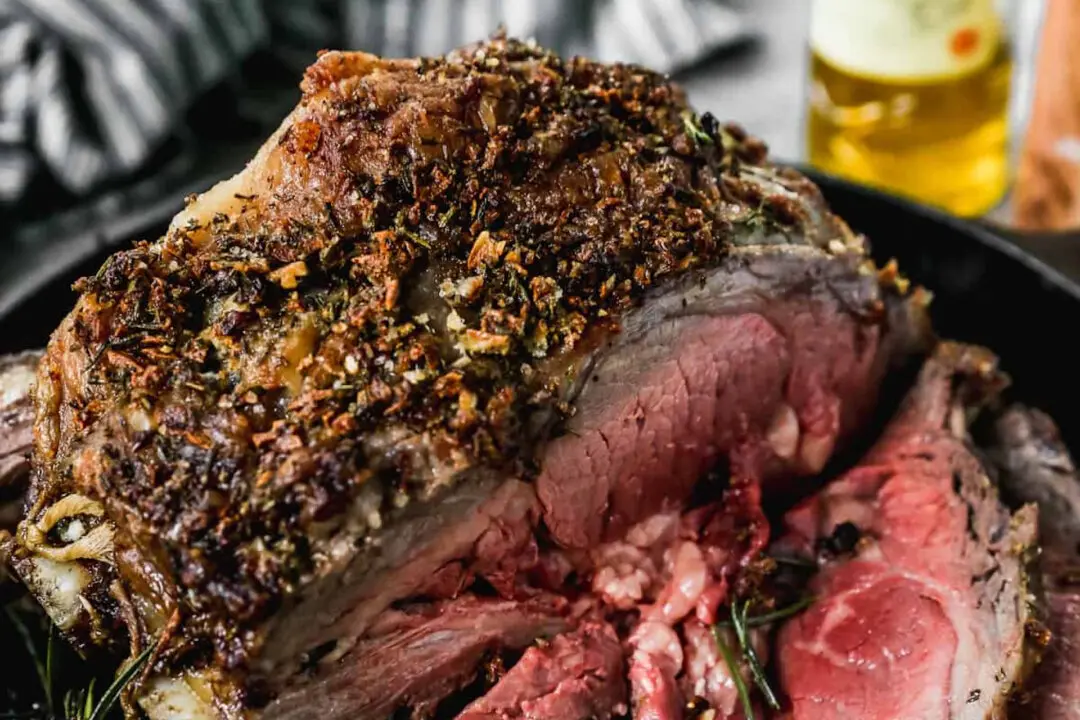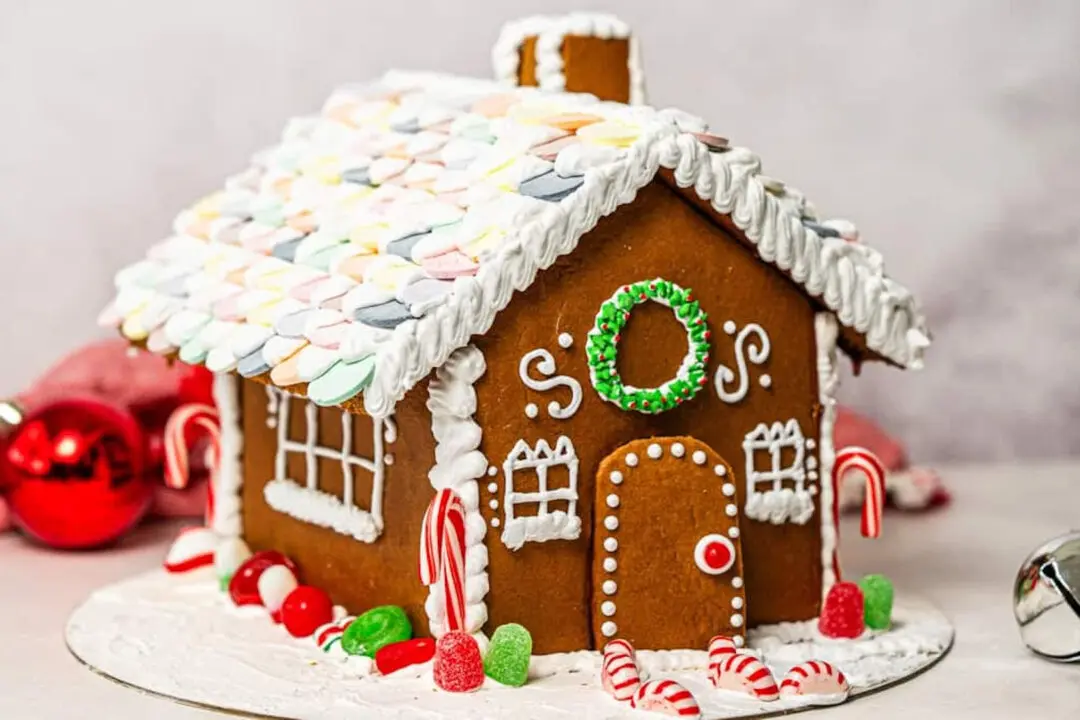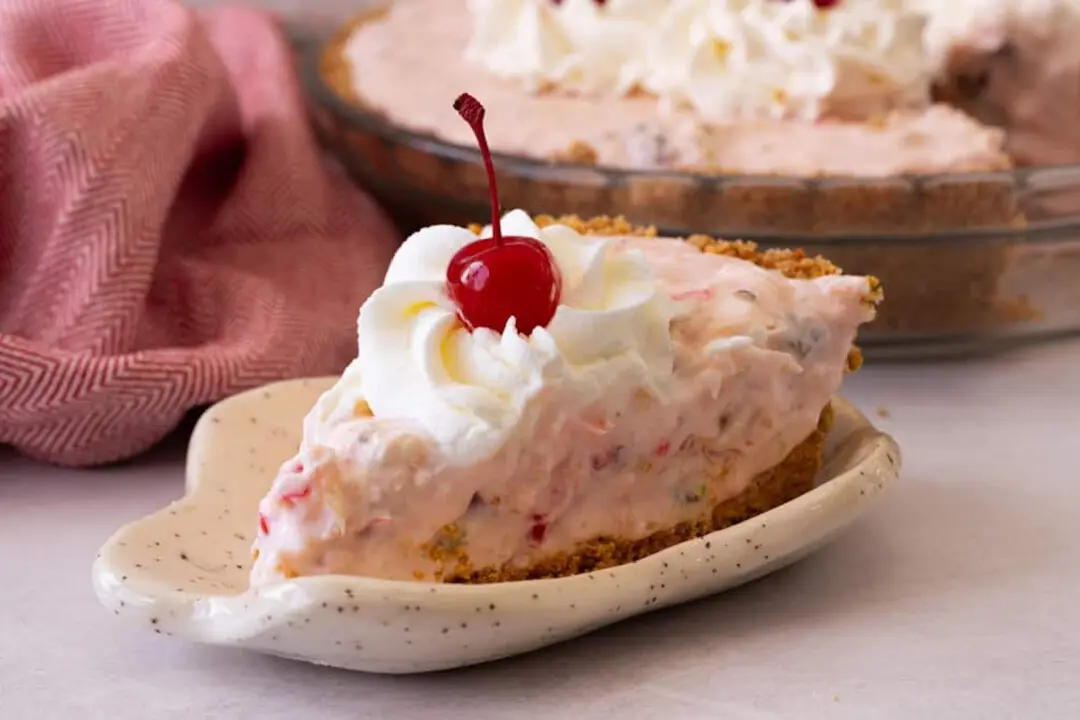View the print-ready version of this recipe.
There are so many things to love about this bread recipe, but if I had to highlight the best parts, it’s that it only requires shelf stable ingredients (no milk, eggs or butter needed!) and it’s EASY and fool-proof to make! Whether you’re a newbie or experienced bread maker, you can’t mess this up, and I know you’re going to love it!
Ingredients Needed
- Warm water: (105-115 degrees)- to activate the yeast.
- Active Dry yeast: Instant or rapid rise yeast can be substituted, following my adaption notes in the recipe card.
- Granulated sugar or honey: the sugar is used to “feed” the yeast and tenderize the bread.
- Salt: to enhance flavor
- Oil: Vegetable or canola oil, or melted butter could be substituted
- Flour: Bread Flour or All-Purpose Flour can both be used with no changes to the recipe. The exact amount of flour used will vary depending on different factors (altitude/humidity etc.). What matters is the texture of the dough. It should be smooth and pull away from the sides of the bowl. It’s important not to add too much flour or your bread will be dense. The dough should be just slightly sticky when touched with a clean finger.





